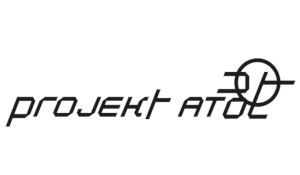The human body, with its vagina, harbours a diverse and dynamic microbiome that plays a vital role in maintaining health and balance.This presentation will delve into the symbiotic relationships among bacteria within the vaginal microbiome, focusing on how these interactions evolve in response to environmental factors throughout the menstrual cycle.By presenting bacterial growth samples cultivated from my own body during different days of the menstrual cycle, I will visually demonstrate the nuanced changes in this microbial community. These samples, cultivated using biohacking techniques within a domestic setting, will be presented through an artistic representation of petri dishes, accompanied by a video installation.
Despite its significance, research on vaginal microbiomes and bodies with vaginas remains critically underexplored in medical science. Historically, these bodies have been underrepresented in studies, perpetuating misconceptions such as the vaginal microbiome being inherently "sensitive" or prone to imbalance. Misguided medical prescriptions have been shown to disrupt this ecosystem, leading to persistent infections and long-term health challenges. These gaps in research highlight the urgent need for more inclusive and informed medical practices.
This presentation also explores the biohacking process used to cultivate these samples at home, detailing the challenges and creative methods employed to document the microbiome's cyclical changes. The presentation seeks to advocate for greater understanding of the dynamic, symbiotic nature of this ecosystem, and to promote more inclusive research and greater appreciation for the microbiome.
Mehrta Shirzadian is a performer, multimedia artist, and artistic researcher. She conducted doctoral-level research in molecular biology and holds degrees in computer science and mathematical modeling. Currently studying Art & Science at the University of Applied Arts Vienna, she works with time-based media such as video installation, animation, and performance. Drawing on her scientific background, her artistic practice explores personal, interpersonal, and non-human relationships, as well as the visibility of the invisible. Engaging with themes of bodily autonomy, microbial life, and trans-corporeal perception, her work often investigates the boundaries of knowledge, identity, and materiality in intimate and speculative ways.
Back








